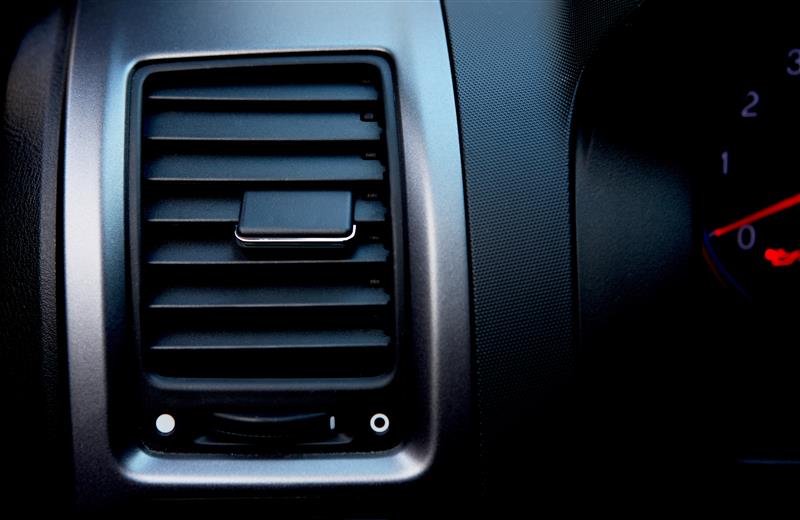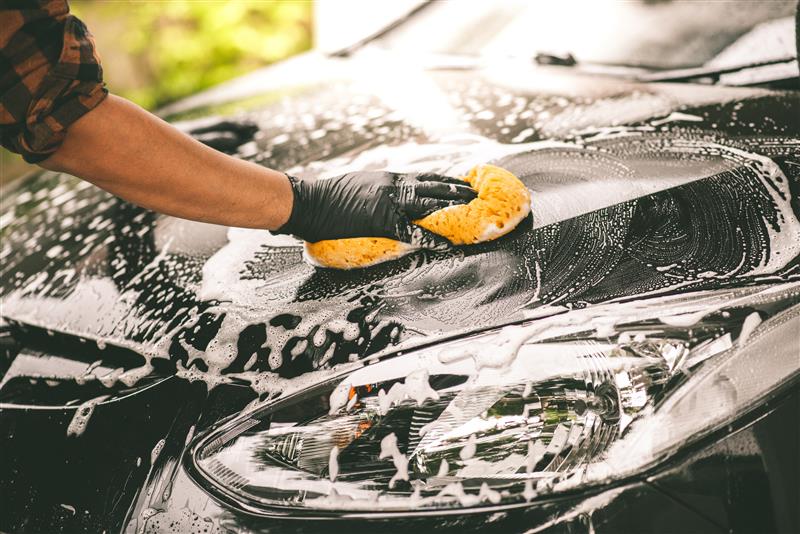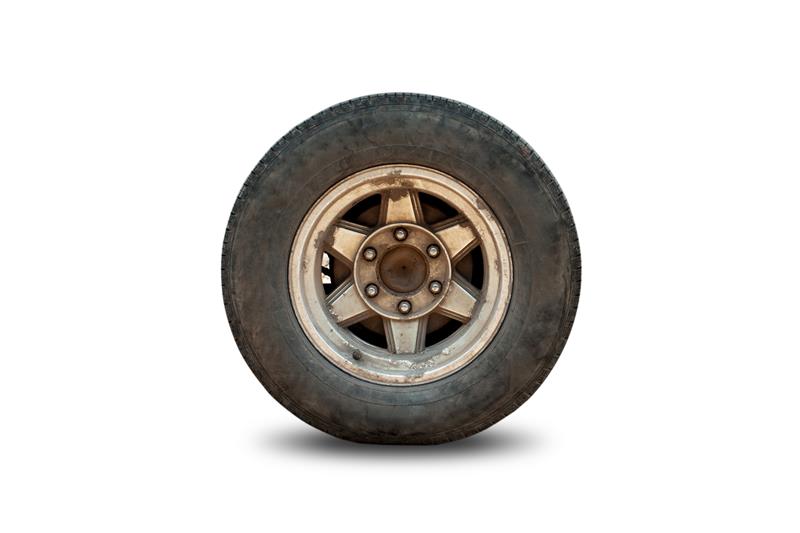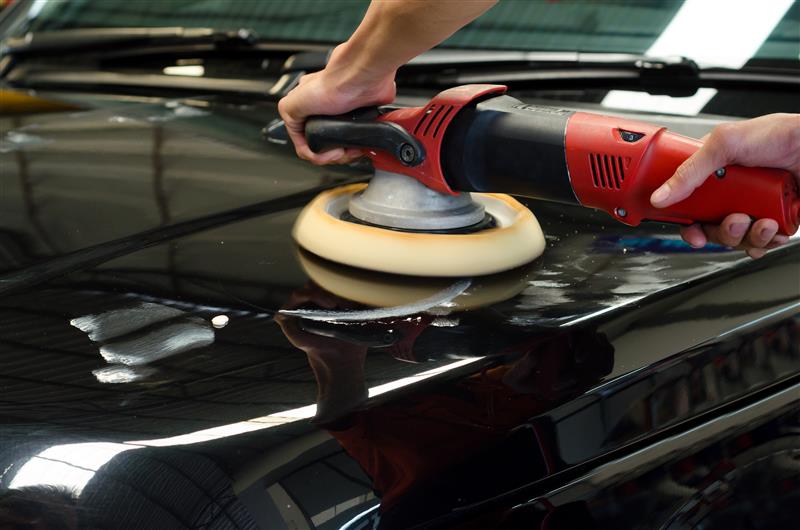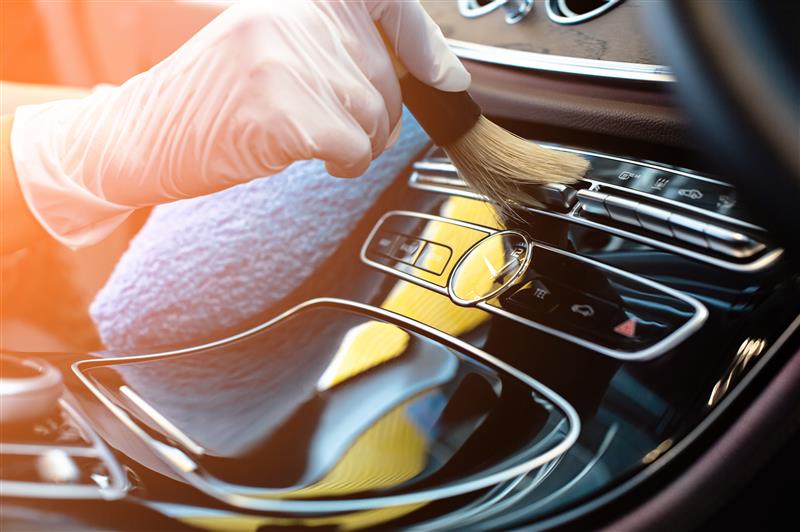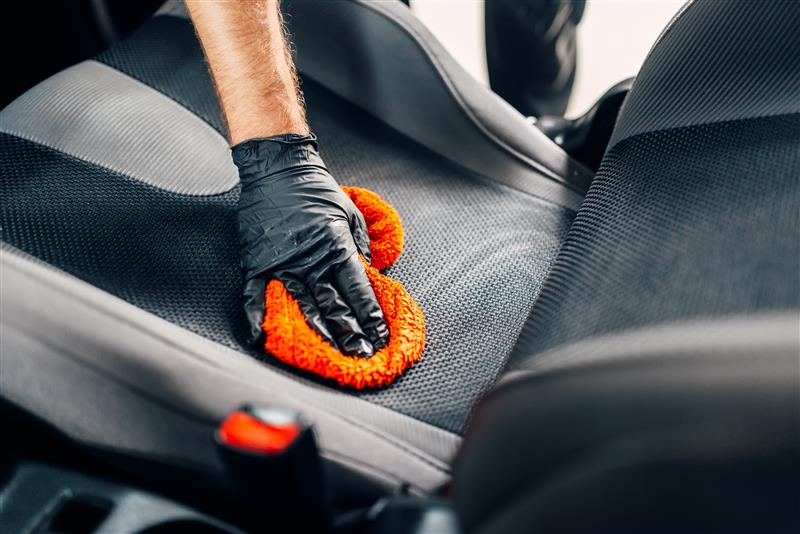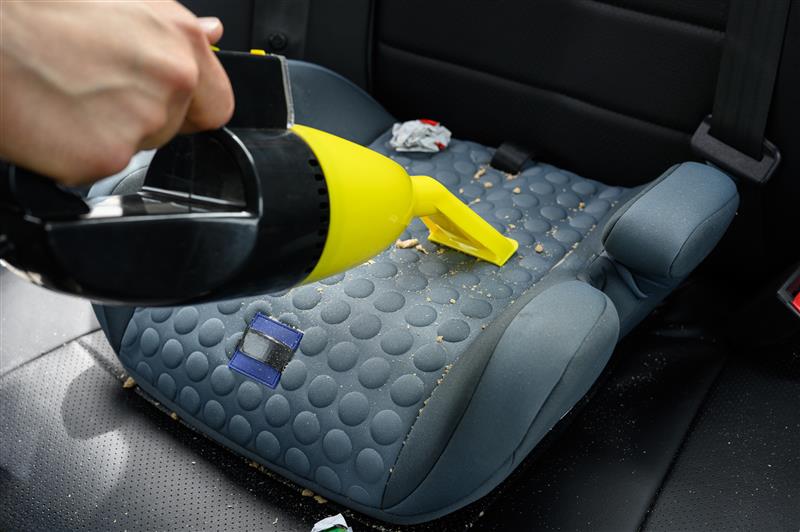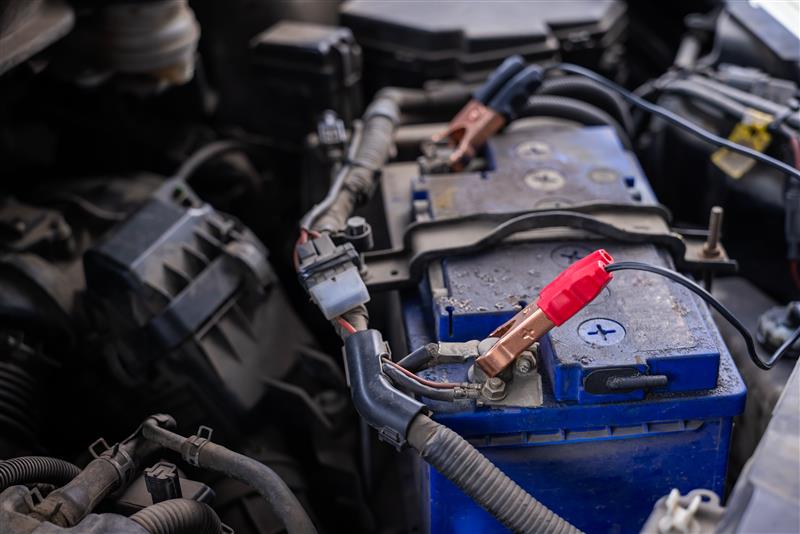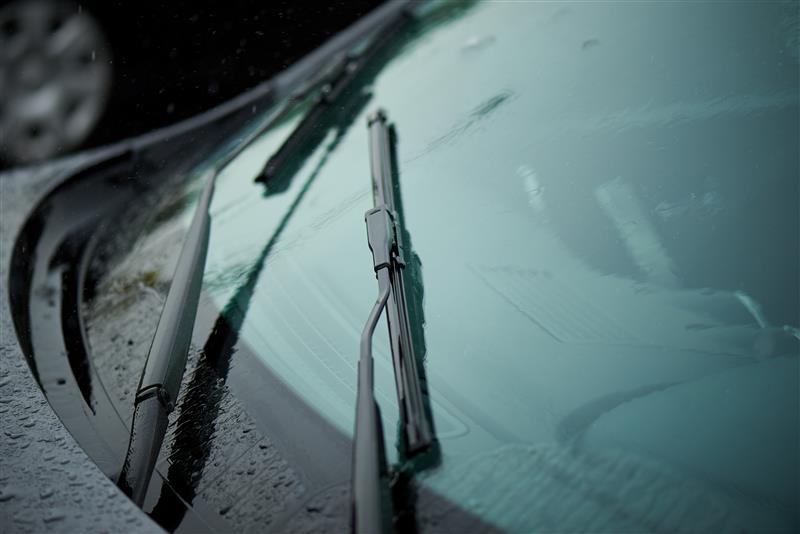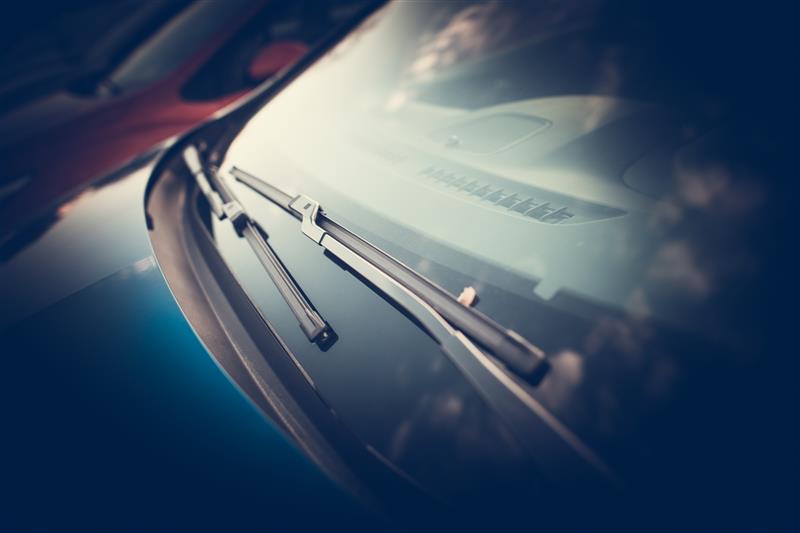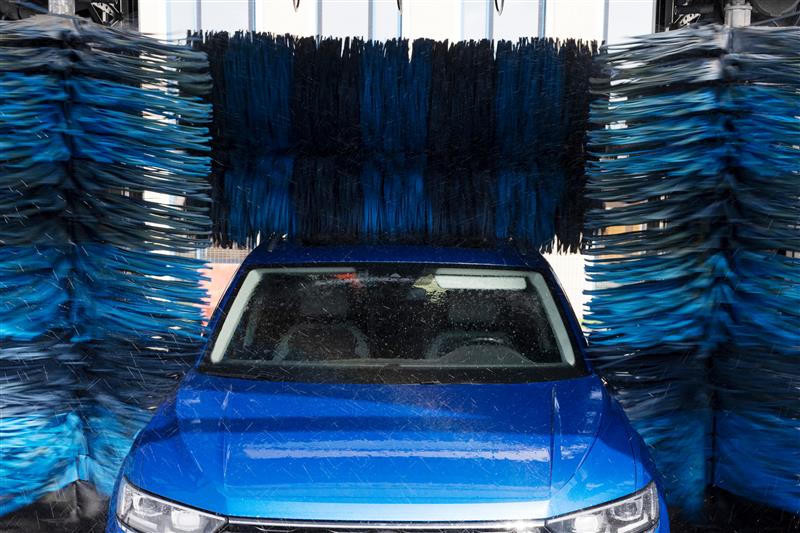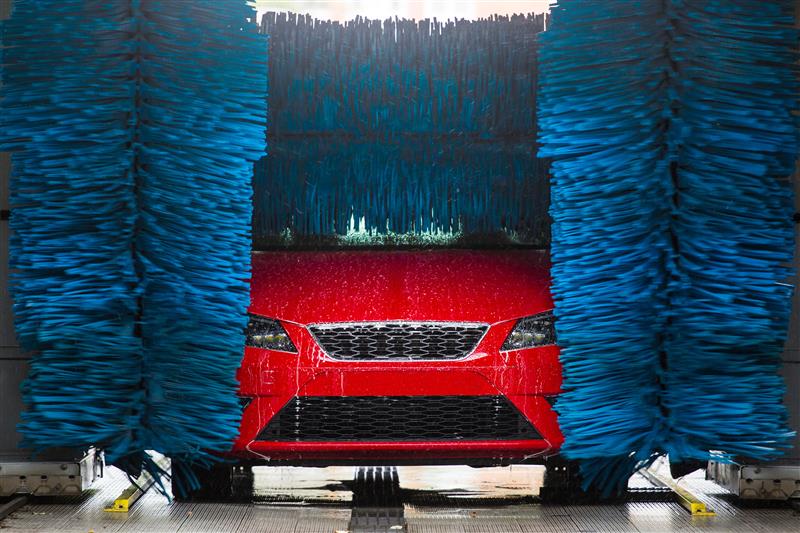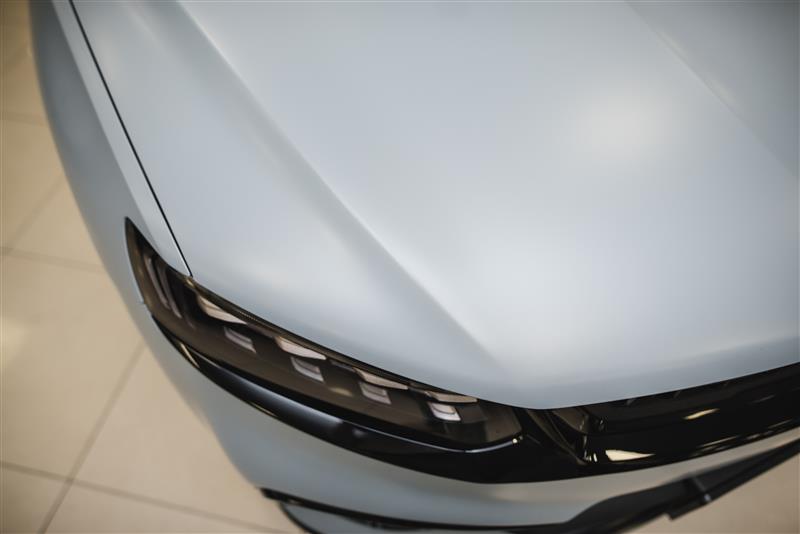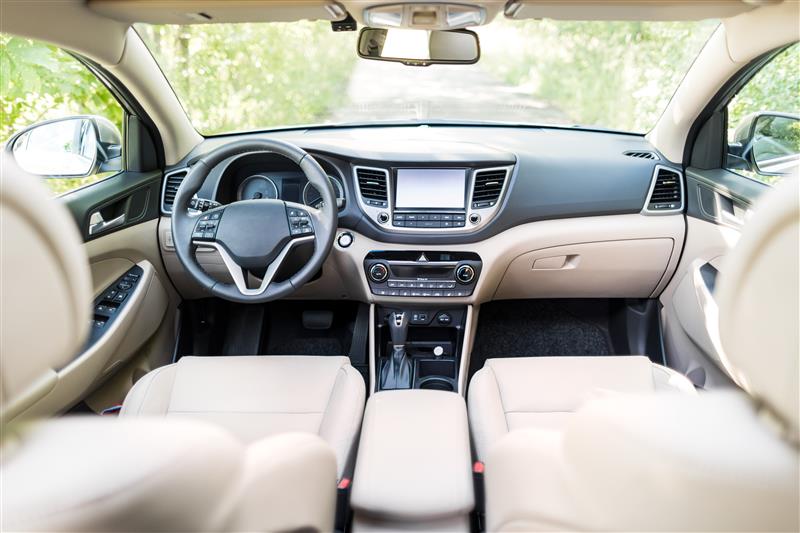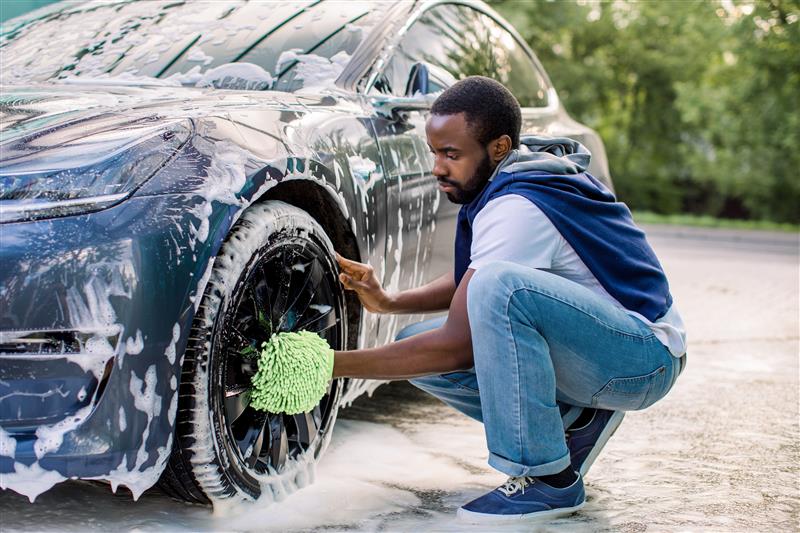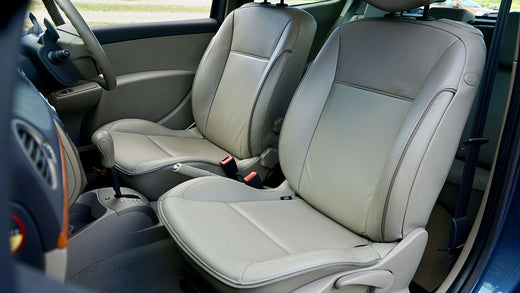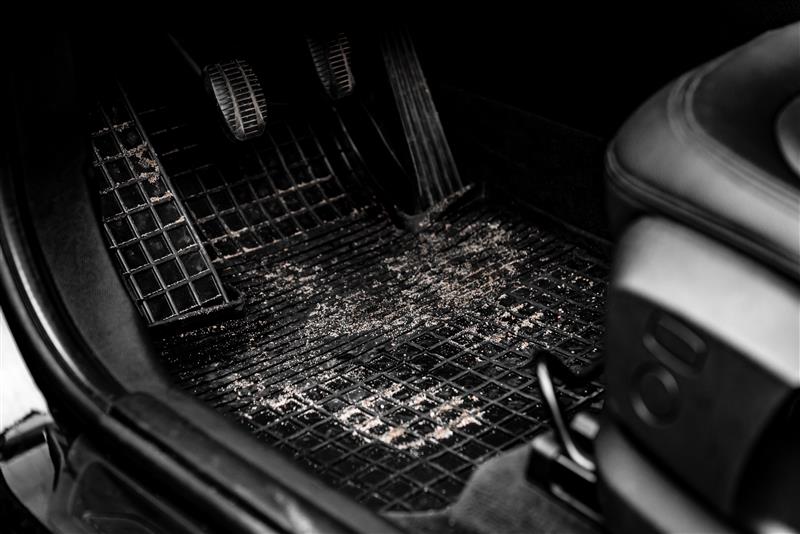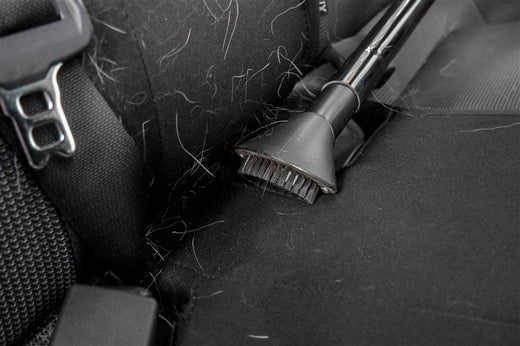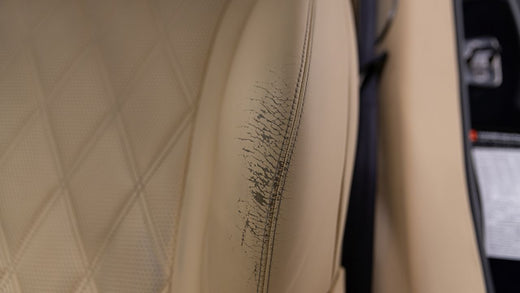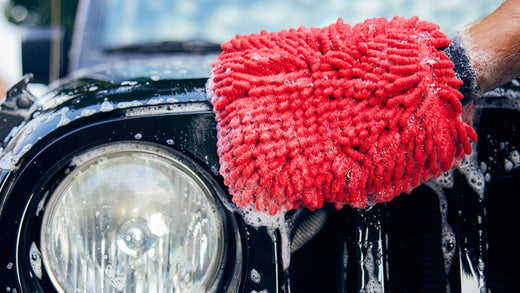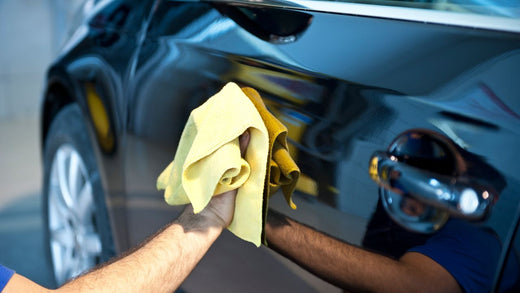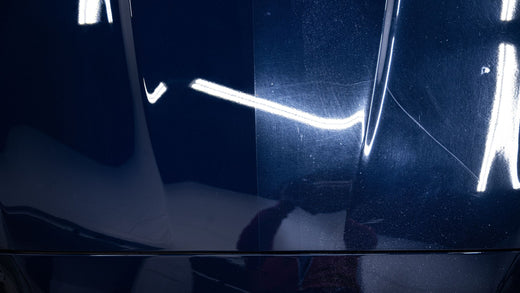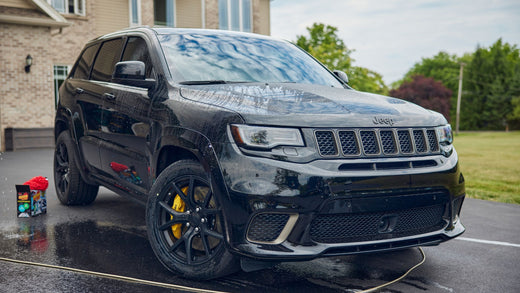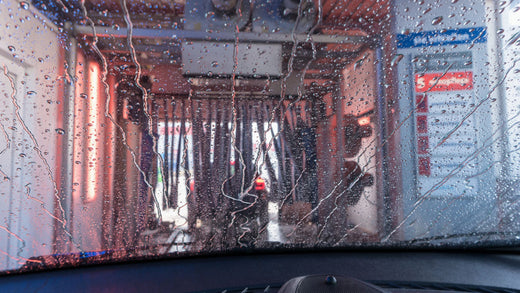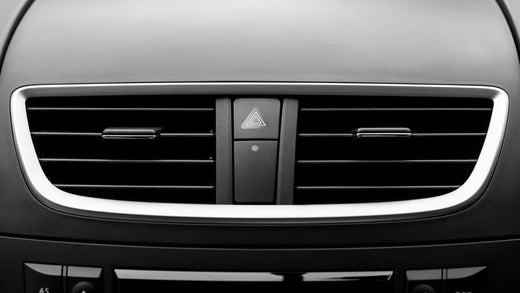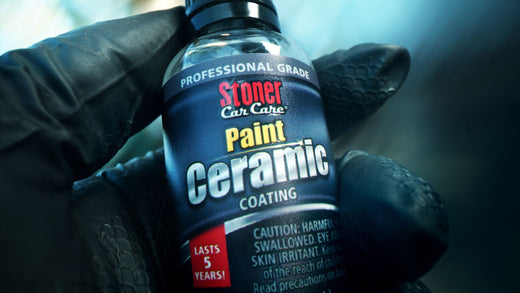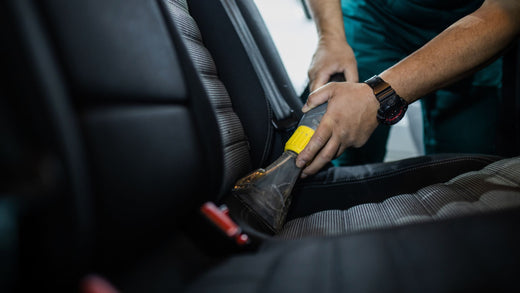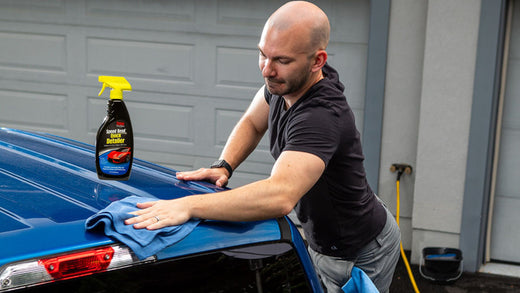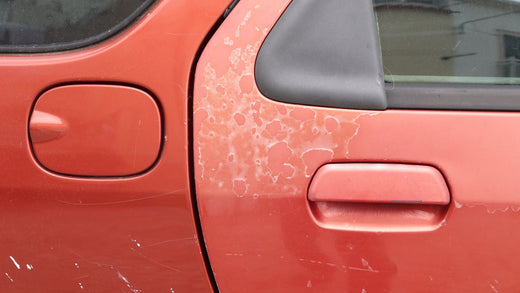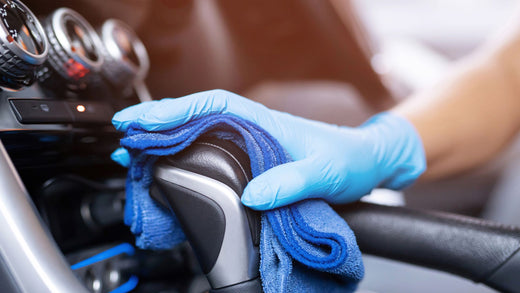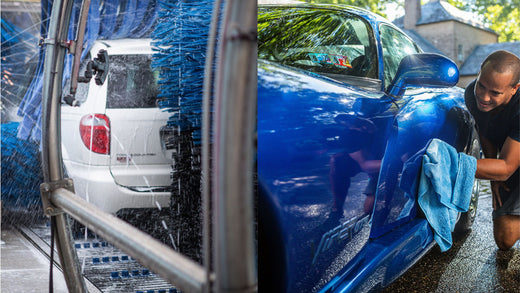Holiday shopping just got easier with free shipping on all orders. No code required.
Heads-up displays, otherwise known as HUDs, make driving safer by allowing you to keep your eyes on the road. Cleaning HUDs correctly is crucial, as improper products or techniques can affect their performance or ruin them altogether. In this post, we’ll showcase the step-by-step process for cleaning heads-up displays properly and share information about HUDs and how they work.
To clean heads-up displays: Clean dashboard areas close to your HUD, spray a clear plastic cleaner directly onto the display, and wipe with a clean microfiber cloth using straight motions.
Before Cleaning
A vast range of technology is available nowadays, with each manufacturer designing their HUDs differently. Consult your vehicle’s owner’s manual before cleaning for recommendations specific to your display.
Materials Required
Gather the following products to prepare to clean your HUD:
- A clear plastic cleaner
- Several microfibers towels
- A trim cleaner
Clean the areas of the dashboard that are close to your HUD
It is a good idea to clean the parts of your dash near your HUD with a trim cleaner before attempting to clean the device itself. Using the reverse order can lead to overspray dirtying up your newly-cleaned HUD.
Protect your HUD’s surface by covering it with a clean microfiber towel, then spray a conservative amount of trim cleaner into a separate microfiber. Applying cleaner to a towel, rather than directly onto the dashboard, gives you more control application. Begin with a small amount of cleanser and use more as needed to wipe the trim surrounding your HUD.
Consider Stoner Car Care’s Trim Clean if you need a trim cleaner that cuts through dirt and grime. Trim Clean’s thick, drip-free foam clings to your dash for a thorough clean.
Follow your product manufacturer’s directions for use. For most cleaners, you will apply and allow a minute or so for the product to loosen the dirt, then wipe with a clean microfiber cloth. If stubborn stains remain, reapply trim cleaner, agitate the foam with a soft nylon brush, and swipe over the area with your microfiber.
Once you’ve cleaned the trim near your HUD, cover the area with microfiber towels to prevent overspray from the clear plastic cleaner in the following step. While plastic cleaners won’t harm your dashboard, they can leave unsightly spots on your newly-cleaned dash.
Spray a clear plastic cleaner directly onto the display
We recommend using a clear plastic cleaner, not a standard glass cleaner. Glass cleaners have strong chemicals designed for use on glass’s durable surface. HUD displays feature polycarbonate (plastic) lenses that are not as strong as glass, making them unable to tolerate harsh chemicals.
Consider Stoner Car Care’s Clear Plastic Cleaner if you are in the market for a safe, effective product. Stoner’s Invisible Glass Clear Plastic Cleaner penetrates the pores of clear plastic to remove fingerprints, dust, dirt, smudges, haze, and smoke, creating a smooth, anti-static barrier to repel contaminants.
Spray a conservative amount of a clear plastic cleaner onto the display. You probably won’t need much product to clean your HUD; these areas typically house small particles and dust.
Wipe with a clean microfiber cloth using straight motions
Technique matters when cleaning transparent plastic surfaces; always remove your cleaning product using straight wiping motions. Avoid swabbing using circular patterns that can lead to pooling and streaks. Avoid putting pressure on the display, as these assemblies are typically fragile. The clear plastic cleaner will do all the work by lifting grime, dust, and other debris.
Resist the urge to use paper towels to clean your auto’s plastic surfaces, and only use microfiber towels when cleaning polycarbonate displays. Microfiber towels contain thousands of tiny fibers that attract small particles and dust and are soft and non-abrasive. They’re inexpensive, valuable, reusable tools that every detailer should have in their cleaning arsenal. To learn how to clean and maintain your microfiber towels properly, check our blog post here.
What are HUDs?
Heads-up displays have become increasingly popular in newer vehicles. These devices allow drivers to monitor critical performance information without taking their eyes off the road. HUDs project necessary information such as travel speed, navigational directions, or blind spot monitoring onto the windshield above the speedometer gauge cluster. The table below shares more facts about HUDs.
|
Things You Might Not Know about HUDs |
|---|
|
🚘 HUDs originated in the British Royal Air Force in the 1940s but did not become available in automobiles until 1988. 🚘 The first car to have a HUD was an Oldsmobile Cutlass Supreme Convertible. 🚘 As of 2023, over 30 car manufacturers produce at least one model available with a HUD. 🚘 HUDs are relatively small, usually no bigger than 5 to 10 inches, because they need to show the driver only important information at a glance. 🚘 The most commonly displayed data include driver speed, navigation, and posted speed limit. 🚘 Technology continually evolves; currently, car manufacturers can use HUDs to project 2D and 3D animations in high-definition. |
How do HUDs work?
HUDs come in various forms depending on the vehicle. Some auto manufacturers design their HUDs using a transparent phosphor on the windscreen that reacts to laser light shine. When the laser turns off, the information disappears; when lit, it projects information onto the glass.
Other vehicles’ displays come from a projector embedded within the car’s dashboard behind the steering wheel. In these cars, several mirrors reflect and magnify the projected image that you see on your windshield.
Additional Steps to take to Maintain Your HUD
HUDs don’t get dirty quickly because they are rarely touched. Even though fingerprints won’t be a problem, you must routinely remove dust and clean your heads-up display correctly. Always use the right products and materials, and only clean when necessary.
Heads up! Your HUD is now clean
Dirty units can make reading the HUD information on your windshield difficult. Combine the right products with this process to enjoy crystal clear results: Clean dashboard areas close to your HUD, spray a clear plastic cleaner directly onto the display, and wipe with a clean microfiber cloth using straight motions. Keep your eyes on the road, and enjoy the ride!



